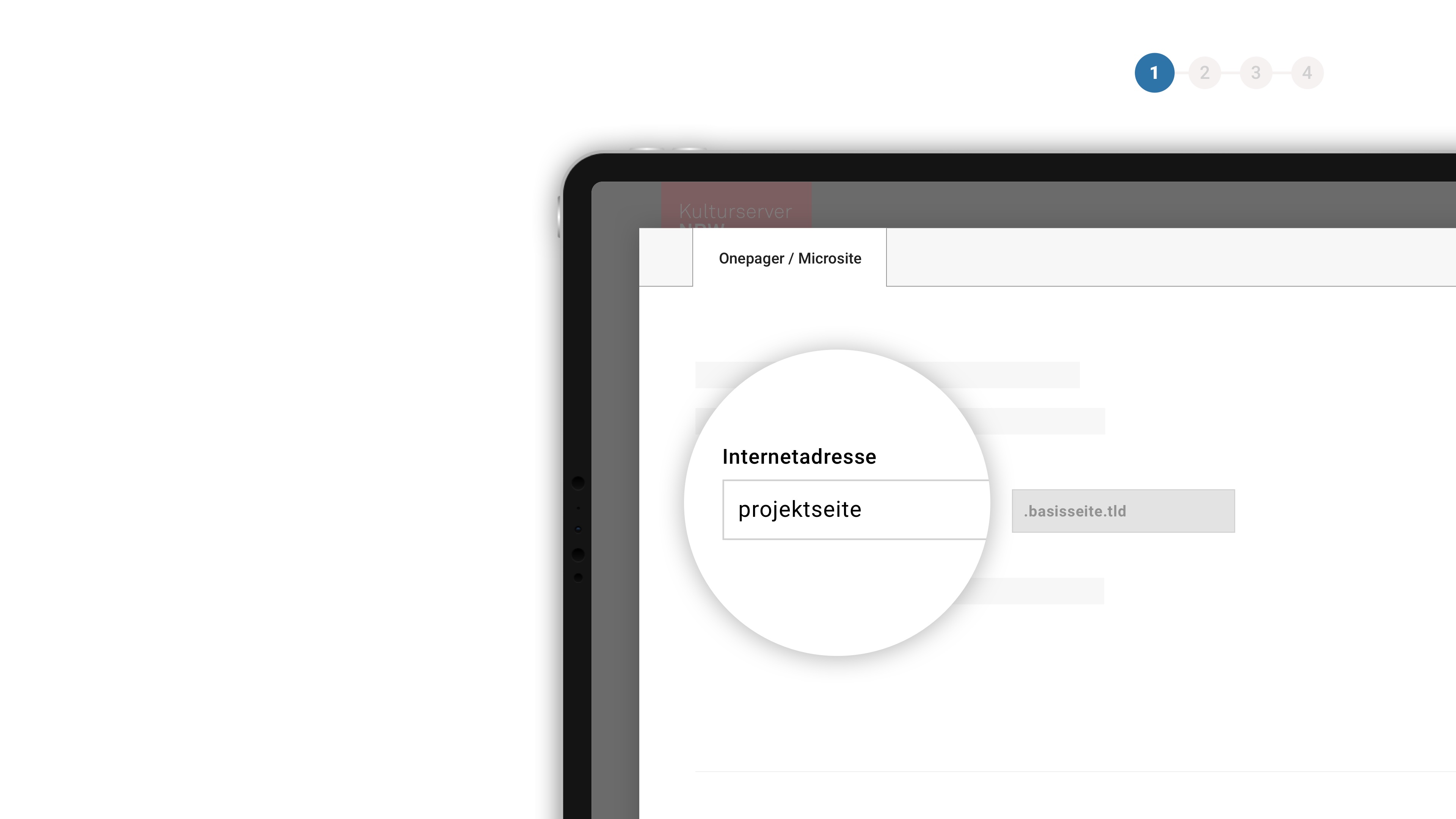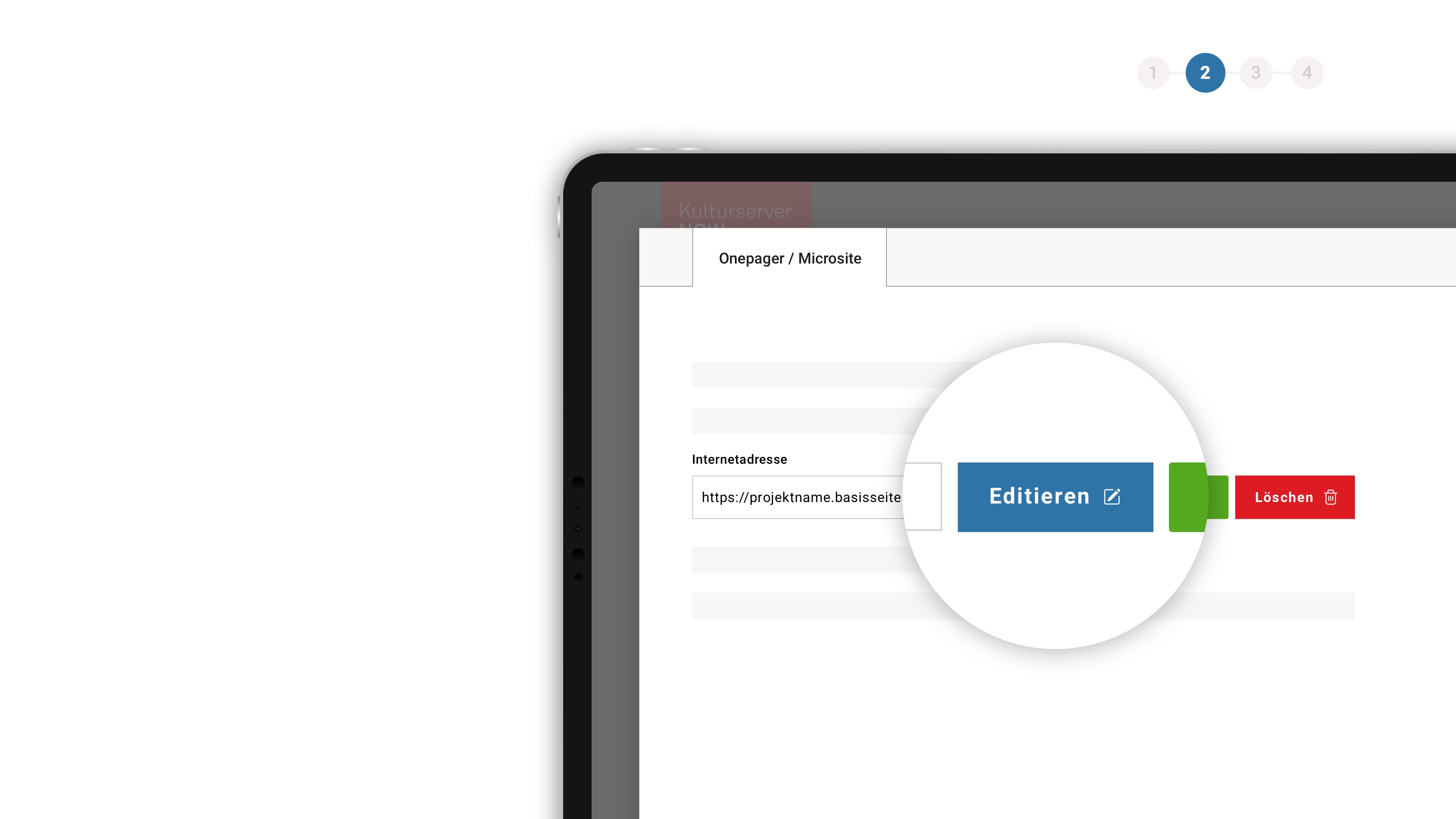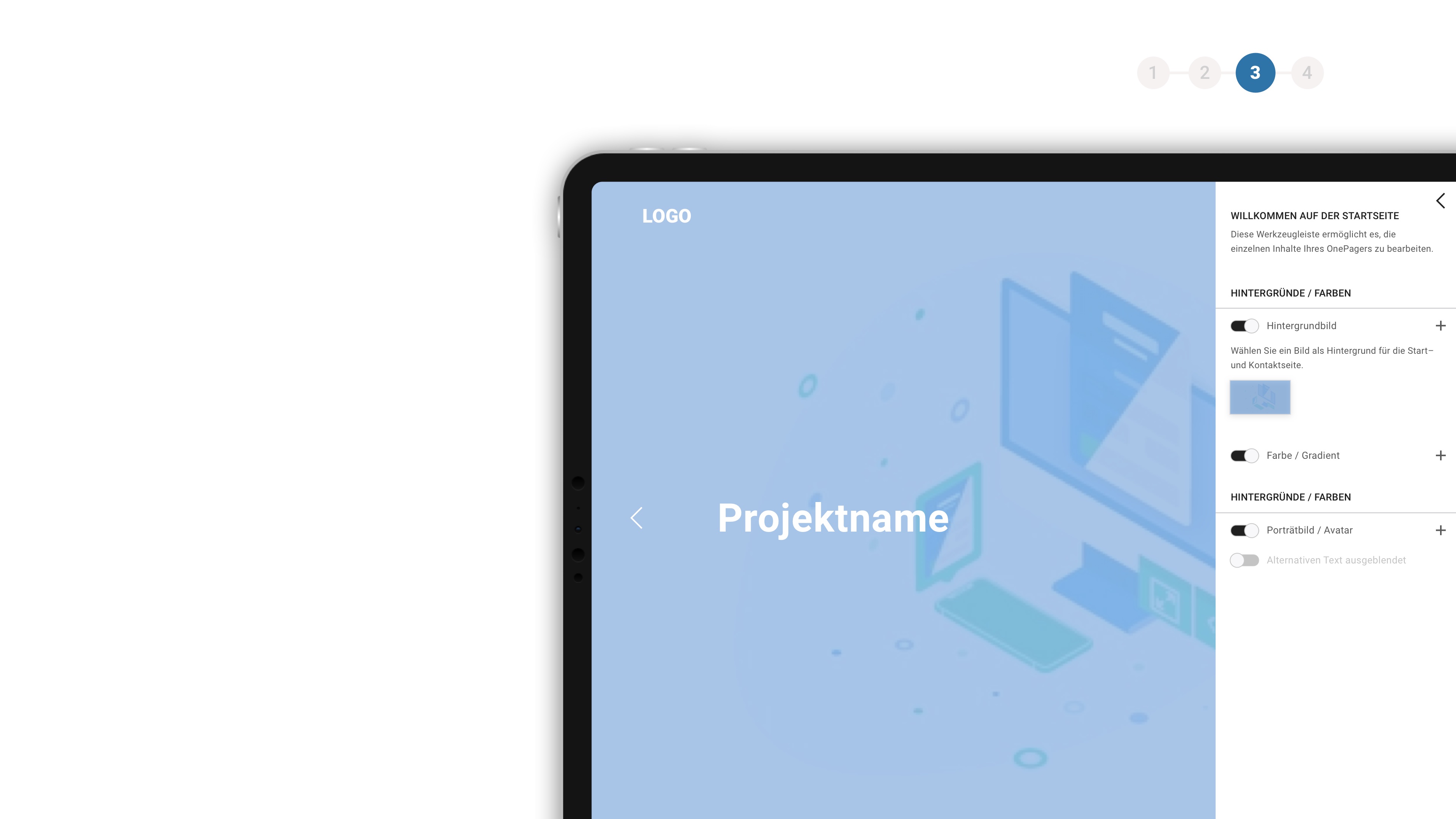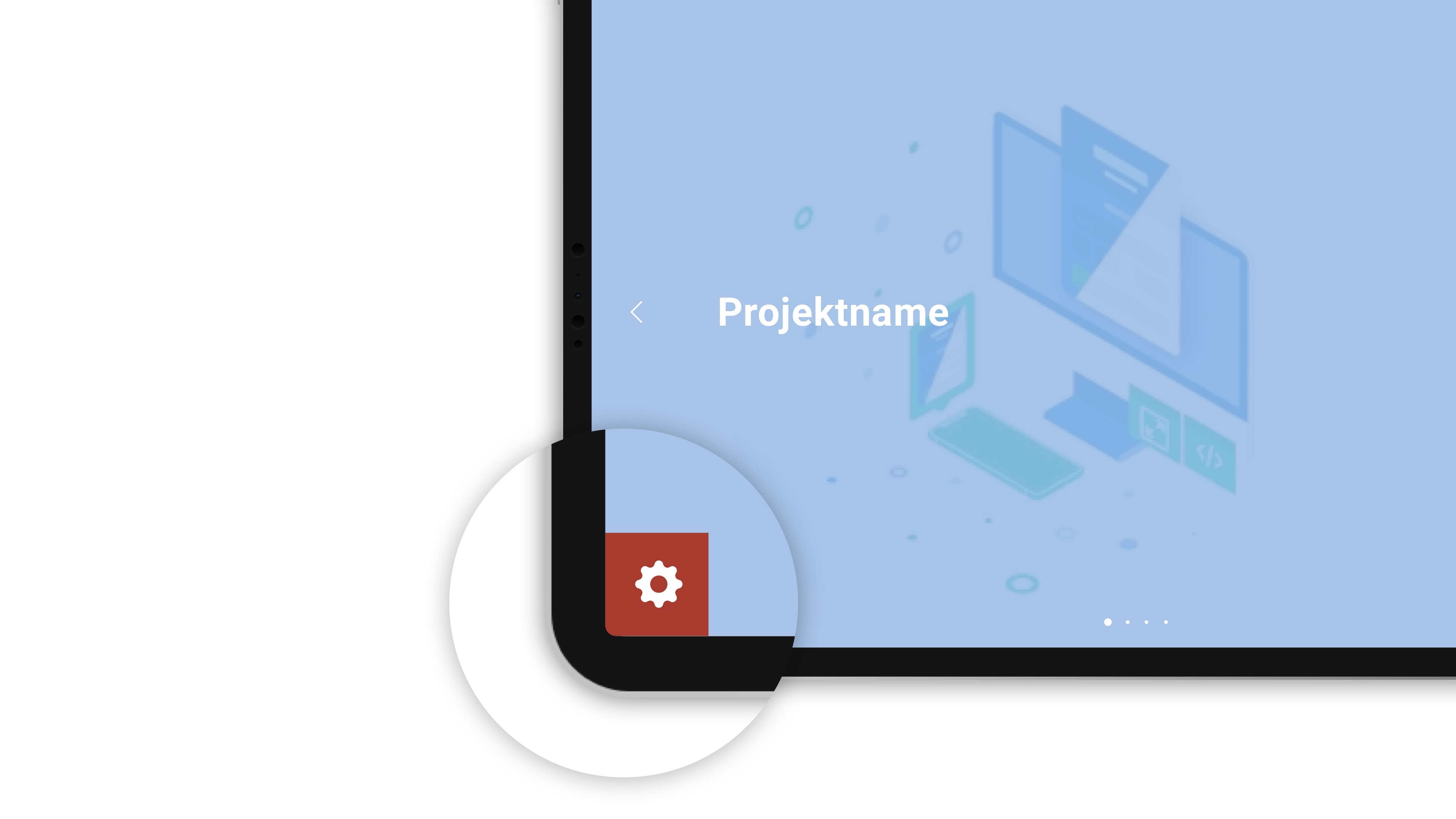Das Wort als Körper + Bühne Oder Wie Chats zu Theatern wurden: Das ATHEMOO von Juli Burk (1995)
Das Wort als Körper + Bühne Oder Wie Chats zu Theatern wurden: Das ATHEMOO von Juli Burk (1995)

Das Wort als Körper + Bühne Oder Wie Chats zu Theatern wurden: Das ATHEMOO von Juli Burk (1995)
Performing Internet oder: Wie das Theater ins Netz kam #2
Pinwand | ausgewählte Chat-Beiträge
Info
Team / Menschen
Juli Burk, Rick Sacks, Stephen A. Schrum, Monika Wunderer, Nina LeNoir, Twyla Mitchell-Shiner, Julia GlesnerMartina Leeker (Kuratorin), Esther Slevogt (Kuratorin)
Hilfe & Support
Hilfestellungen finden Sie auf unserer FAQ-Seite . Bei Fragen oder Problemen wenden Sie sich gerne an den Support .
Das Wort als Körper + Bühne Oder Wie Chats zu Theatern wurden: Das ATHEMOO von Juli Burk (1995)
Folge 2 der Reihe Performing Internet – Eine Reihe zu zu Geschichte und Gegenwart von Theater und Liveness im Internet von Martina Leeker und Esther Slevogt.
DAS ATHEMOO
Neue Kommunikationskanäle und -technologien wie Teletext, Internet Relay Chat oder Multi User Domains (MUDs und MOOs) ermöglichten seit den späten 1980er Jahren erstmals textbasierte sogenannte Echtzeitkommunikation. Verwendet wurde dafür der American Standard Code for Information (ASCII), also Plain-Text-Zeichen. Im Zuge dessen prägte sich auch ein wachsendes Gespür für das performative Potenzial der verwendeten Typografie aus, so daß sich bald auch Versuche entwickelten, Chats für Theater zu nutzen.
Zu besonderer theatergeschichtlicher Bedeutung hat es das ATHEMOO gebracht, 1995 von der Regisseurin und Theaterprofessorin Juli Burk auf den Servern der Universität Hawaii in Manoa gegründet. Ursprünglich als virtuelles Konferenzzentrum für die jährliche Versammlung der American Association for Theatre in Higher Education (ATHE) gedacht, fanden hier sehr bald auch virtuelle Performances statt.
Für diese Veranstaltung haben sich nach fast dreißig Jahren wichtige Protagonist:innen des Projekts wieder zusammengefunden, allen voran Dr. Juli Burk, die das ATHEMMO 1995 gegründet hat und über das Projekt berichtet.
Darüber hinaus werden vier Performances präsentiert, und zwar von denen, die sie damals für das ATHEMOO (mit) erfanden:
MetaMOOphosis von Rick Sacks (1996)
Netseduction von Stephen A. Schrum (1996)
Oudeis mit Monika Wunderer (1997) (Dramaturgin + Produzentin des Projekts)
A Place for Souls von Twyla Mitchell-Shiner (1997)
Außerdem begrüssen wir Nina LeNoir. Als beobachtende Theoretikerin und Zuschauerin hat sie damals an allen Performances teilgenommen.
Die Potsdamer Professorin Julia Glesner führt ins Thema ein.
In einer Liveperformance wird zu erleben sein, wie im MOO in den 1990er Jahren performt wurde.
Da das originale ATHEMOO nicht mehr besteht, wurde es im LinguaMOO, einem immer noch aktiven Moo, rekonstruiert - und zwar mit der Unterstützung von "Wizard" Kevin Jepson sowie Cynthia Haynes und Jan Rune Holmevik von der Clemson University. Rick Sacks hat hier auch die Umgebung für seine Kafka-Performance "MetaMOOphosis" rekonstruiert.
Wenn Sie diesen Link klicken, können Sie sich einfach und ohne Passwort als Gast einloggen und das ATHEMOO 2022 betreten. Sobald Sie dort sind, nutzen Sie bitte das unterste Fenster für die folgenden Eingaben:
· Wenn Sie den Raum erkunden wollten, tippen Sie bitte "look" und drücken dann die "Enter"-Taste
· Wenn Sie sprechen wollen, tippen Sie bitte "say xyz" und drücken die "Enter"-Taste.
· Wenn Sie Gefühl äußern wollen oder eine Handlung vollziehen, tippen Sie bitte "emote xyz" und drücken die "Enter"-Taste.
· Wenn Sie schauen wollen, wer sonst noch da ist, tippen Sie bitte @who und drücken die "Enter"-Taste.
Sie sind jederzeit willkommen, das ATHEMOO zu erkunden.
Bei Fragen können Sie sich an folgende Emailadresse wenden:
athemoowiz@gmail.com
Über diesen Link ist der Direkteinstieg möglich.
Ablauf:
19:00 Uhr: Begrüssung
19:05 Uhr: Einführung von Julia Glesner, University of Applied Sciences, Potsdam
19:15 Uhr: Live-Performance: "The Way We Were" - ATHEMOO 1997"
von Juli Burk, Rick Sacks, Stephen A. Schrum, Monika Wunderer, Twyla Mitchell und Nina LeNoir.
Über diesen Link ist ein Direkteinstieg in das ATHEMOO möglich.
19:25 Uhr: Juli Burk: ATHEMOO History – Working from Home in the 1990’s.
19:40 Uhr: Fünf Präsentationen
MetaMOOphosis (1996) von Rick Sacks
Netseduction (1996) von Stephen A. Schrum
Oudeis (1997) vorgestellt von Monika Wunderer
A Place for Souls (1997) von Twyla Mitchell-Shiner
Being in the Audience von Nina Lenoir
20:15 Uhr: Leben, Arbeiten und Performen im ATHEMOO: Martina Leeker im Gespräch mit Nina Lenoir, Juli Burk, Julia Glesner, Rick Sacks, Stephen A. Schrum, Monika Wunderer und Twyla Mitchell-Shriner.
Mitwirkende:
Dr. Juli Burk created ATHEMOO on the servers of the University of Hawai’i in 1995 where she produced 15+ online theatre productions for world-wide audiences, performing in several. Her work there shifted the paradigm of theatre performance from physical stages and the fourth wall to online spaces where audience members were welcomed as active participants. On the physical stage she is a director who focuses solely on plays written by and about women. Her production of Caryl Churchill’s Top Girls won awards and was featured in a BBC program about Churchill. Dr. Burk’s dissertation featured Ariane Mnouchkine and the Theatre du Soleil with whom she spent months of research at the Cartoucherie, their home in Paris. She has written and presented extensively in theatre and feminist theory as well as bringing theatre to incarcerated women in a halfway house in Hawai’i and the federal women’s prison in Connecticut. Past President of the Women in Theatre, a national organization in the U.S., Dr. Burk originally created ATHEMOO as a means for those who could not afford to attend the Association for Theatre in Higher Education (ATHE) to participate in the yearly gathering. She and her colleagues soon discovered that ATHEMOO was a perfect environment to offer theatre performances to audiences in real time regardless of their physical locations.
Julia Glesner is a professor in the Cultural Work program at the FH Potsdam, Department of Culture & Management. Before working in management positions for the Erfurt Opera and later for the Klassik Stiftung Weimar, she received her doctorate in 2004 with a thesis on "Theater und Internet". Most recent publication: "Opera for All - The Biography of Sir Peter Jonas" in Suhrkamp/Insel-verlag.
Martina Leeker (Priv.-Doz.) is a media and theater scholar. Her research areas include digital cultures, performativity and digitality, critical media theory, theater and media, art and technology. She is the initiator of the Respectful Nettheatre Cannel and currently teaches at the University of Cologne. She is currently developing, together with Esther Slevogt, the series on the history and present of theater and liveness on the Internet "Performing Internet or: How Theater Came to the Net".
Dr. Nina LeNoir (pronounced 'lah-nor') studied theatrical presentations on the World Wide Web that were emerging in the early years of this new platform for artists (and the world!), which became the subject of her doctoral dissertation: Theatre in Cyberspace: The Contribution of the Theatrical Past to Performance of the Future, 1999. While teaching and theatre work took her away from this field of research, she has continued to follow with interest the development and new experiments that emerged over the years. She has taught theatre in higher education in the US since 1996, and moved into administration in 2006. She currently serves as Vice Provost for Undergraduate Education at Chapman University, a private university in Southern California. It is a pleasure to be reunited with folks she worked with during her early research years.
Twyla Mitchell (formerly Mitchell-Shiner) discovered ATHEMOO when she was studying for her Master’s Degree in Dramatic Art at the University of California, Santa Barbara. Her fascination with MOOs and the new possible ways theatre could manifest on the Internet culminated in her Master’s Thesis, A Place for Souls, a performance in ATHEMOO that she directed and co-wrote. She later attended the University of Hawai’i at Mānoa where she spent several years working toward a PhD in Theatre, before changing to a career in performing arts ticketing. She is currently the Senior Director of Ticketing and Box Office at The Smith Center for the Performing Arts in Las Vegas, Nevada.
Rick Sacks lives in Toronto, Canada. He composes, conducts and freelances as a percussionist. Rick has composed chamber music, orchestral works, film scores, and sound design for theatre. Along with re-installing his adaptation of Kafka’s Metamorphosis in the ATHEMOO, Rick performs with contemporary chamber ensembles. He has been composing and performing with Red Sky Performance, Canada’s premiere First Nations Theatre and Dance company for over 15 years. Red Sky performances include the Kennedy Center, Shanghai Expo, Beijing Olympics, Mongolia and throughout Germany and the Netherlands. Rick’s most recent exploration is in live manipulation of video and music streaming to Twitch.TV, Youtube and Facebook as Soundpilot.
Dr. Stephen A. Schrum, who is retiring from his position as Associate Professor of Theatre Arts at the University of Pittsburgh in Greensburg in the summer of 2022, is an Associate Member of the Stage Directors and Choreographers Society, the professional union. With a PhD in Dramatic Art from the University of California, Berkeley, Stephen is interested in digital filmmaking, virtual performance, and playwrighting/screenwriting. Since the 1990s he has written and presented extensively on the use of technology in teaching and performance. In 1994, he created COLLAB-L, a listserv designed to promote collaboration across the internet/WWW. He wrote the play NetSeduction, performed in 1996 at ATHEMOO, blending the idea of chat environments with traditional dramatic structure. In 1999 he edited Theatre in Cyberspace: Issues of Teaching, Acting, and Directing, providing a snapshot of the use of technology by theatre artists and scholars at the turn of the century. He continued with online performance, directing several productions, including Euripides’ The Bacchae and Aeschylus’ Prometheus Bound, in the 3-D environment of Second Life™. He is also a novelist, filmmaker (the award-winning short, Wash Hands, Save Lives? is available on his YouTube channel stephenschrum), playwright, and podcaster; you can find Audio Chimera wherever you listen to podcasts.
Esther Slevogt is editor-in-chief and co-founder of nachtkritik.de. In addition to her journalistic work, she writes non-fiction books on theater history topics. Another focus of her work is on the changes in old cultural techniques such as theater due to digitalization.
Monika Wunderer was in Austria, writing her master thesis about performances in virtual space for the University of Vienna, when she joined the team of oudeis as dramaturge & the person responsible for the international communication. She moved to New York in 1997 to pursue an M.A. in Arts Administration at Columbia University. She has since worked with institutions such as Brooklyn Academy of Music, City Parks Foundation, Wave Hill, Park Avenue Armory, Festspielhaus St. Poelten (Austria) and Cambodian Living Arts (NY & Phnom Penh), and groups including David Dorfman Dance, Mabou Mines, and Trisha Brown Dance Company and is the General Manager of The Wooster Group.
Mehr Kontext zu Thema + Event: DIE OPERATIVWERDUNG DER SCHRIFT von Martina Leeker.
*************
This event is part of the nachtkritik-series on history and present of theatre and liveness on the internet:
PERFORMING INTERNET OR HOW THEATRE CAME TO THE INTERNET
curated by Martina Leeker and Esther Slevogt.
Most recently, the series featured the epochal work of Sherrie Rabinowitz and Kit Galloway. As part of this event, Kit Galloway gave a lecture rich in material.




Kommentare
Es wurde noch keine Kommentare eingestellt